Exhibition: November 9 – November 30, 2013
Opening: Saturday, November 9, 7-9 PM
Assembly® and Orhan Ayyüce present Glen Small: Recovery Room, a selection of the architect’s proposals.
The show is on view from November 9 through 30. Opening reception is Saturday, November 9, 7-9 pm.
Exhibition hours are Wednesday through Sunday, noon-6 pm. Assembly is located at 2045 S. La Cienega Blvd. Ample parking is available in the lot adjacent to WSS Shoe Warehouse at the same address.
“When he saw the Green Machine, he said, ‘we're going to build this thing.’” – Glen Small quoting Los Angeles city planner Calvin Hamilton
Oregon and Nicaragua-based architect Glen Small’s mid-career proposals still inspire radical reconsideration of our notions of environmentalism, housing, and urban development.From the 1960s-80s, a body of visionary yet mostly unbuilt designs placed Small at the center of key discussions of architectural experimentation and ecological consciousness in California, and studying alongside him was an assumed part of one’s education during the founding decades of the Southern California Institute of Architecture.His ingenious
Green Machine (1977-80), a sustainable, low income residential community using stacked Airstream trailers as interchangeable living modules, was nearly realized before funding disappeared with the start of the Reagan era. A series of further professional disappointments soon followed.
Thirty-plus years later, his proposals still exist as such - not as suggestions for monuments, nor as “paper architecture,” but as thoroughly worked out architectural propositions. Projects like Turf Town (1983) are made all the more relevant by comparison with contemporary commercial development projects. Details of a work like Biomorphic Biosphere Megastructure (1969-77) may be elegant, but these qualities are never separate from a primary function as architectural program. The flickering ethos of early SCI-Arc lies at the heart of his work,though Glen Small still represents positions often considered too experimental in the current state of education and emerging practices. With this exhibition of original models, drawings, published material, and a series of events, Assembly® revisits and hosts anew the conversations and methodologies Small has sustained throughout his career.
On display:
Green Machine, an almost constructed vision from the late 1970s for a sustainable, low-income residential community using stacked Airstream trailers as interchangeable living modules, sited for the median on Venice Boulevard in Venice, now home to the public library branch.
Turf Town (1983), a four-block high-density complex for downtown Los Angeles that masterfully demonstrates both the potential of solar power in urban development and the benefits of a radical blending of public park space and private housing.
Biomorphic Biosphere Megastructure, Small’s dream, begun in 1969, to contain and corral the development sprawl of L.A. County into a glass and steel closed eco-system that would both return the Los Angeles Basin to its natural state, and redefine modern urban living as one of a technologically advanced symbiosis with nature.
Hong Kong Peak, a cliff-side scheme for a 1982 competition that utilizes cargo containers and a series of pools for rainwater collection in a sequence of elegant arches and publicly accessible vistas of Hong Kong.
Detroit Trilogy, a series of fantastic revisionings of downtown Detroit, published by the Detroit Free Press in the late 1960s. As well as recent designs for an Eco Village in Nicaragua
Events:
Saturday, November 9, 7-9 PM
Exhibition opening reception
Friday, November 22, 7:30 PM
Glen Small lecturing at East LA College
Assembly® is currently looking to schedule a screening of Lucia Small’s film My Father, The Genius (smallangstfilms.com) during the run of the exhibition, amongst other programs.
Opening: Saturday, November 9, 7-9 PM
Assembly® and Orhan Ayyüce present Glen Small: Recovery Room, a selection of the architect’s proposals.
The show is on view from November 9 through 30. Opening reception is Saturday, November 9, 7-9 pm.
Exhibition hours are Wednesday through Sunday, noon-6 pm. Assembly is located at 2045 S. La Cienega Blvd. Ample parking is available in the lot adjacent to WSS Shoe Warehouse at the same address.
“When he saw the Green Machine, he said, ‘we're going to build this thing.’” – Glen Small quoting Los Angeles city planner Calvin Hamilton
Oregon and Nicaragua-based architect Glen Small’s mid-career proposals still inspire radical reconsideration of our notions of environmentalism, housing, and urban development.From the 1960s-80s, a body of visionary yet mostly unbuilt designs placed Small at the center of key discussions of architectural experimentation and ecological consciousness in California, and studying alongside him was an assumed part of one’s education during the founding decades of the Southern California Institute of Architecture.His ingenious
Green Machine (1977-80), a sustainable, low income residential community using stacked Airstream trailers as interchangeable living modules, was nearly realized before funding disappeared with the start of the Reagan era. A series of further professional disappointments soon followed.
Thirty-plus years later, his proposals still exist as such - not as suggestions for monuments, nor as “paper architecture,” but as thoroughly worked out architectural propositions. Projects like Turf Town (1983) are made all the more relevant by comparison with contemporary commercial development projects. Details of a work like Biomorphic Biosphere Megastructure (1969-77) may be elegant, but these qualities are never separate from a primary function as architectural program. The flickering ethos of early SCI-Arc lies at the heart of his work,though Glen Small still represents positions often considered too experimental in the current state of education and emerging practices. With this exhibition of original models, drawings, published material, and a series of events, Assembly® revisits and hosts anew the conversations and methodologies Small has sustained throughout his career.
On display:
Green Machine, an almost constructed vision from the late 1970s for a sustainable, low-income residential community using stacked Airstream trailers as interchangeable living modules, sited for the median on Venice Boulevard in Venice, now home to the public library branch.
Turf Town (1983), a four-block high-density complex for downtown Los Angeles that masterfully demonstrates both the potential of solar power in urban development and the benefits of a radical blending of public park space and private housing.
Biomorphic Biosphere Megastructure, Small’s dream, begun in 1969, to contain and corral the development sprawl of L.A. County into a glass and steel closed eco-system that would both return the Los Angeles Basin to its natural state, and redefine modern urban living as one of a technologically advanced symbiosis with nature.
Hong Kong Peak, a cliff-side scheme for a 1982 competition that utilizes cargo containers and a series of pools for rainwater collection in a sequence of elegant arches and publicly accessible vistas of Hong Kong.
Detroit Trilogy, a series of fantastic revisionings of downtown Detroit, published by the Detroit Free Press in the late 1960s. As well as recent designs for an Eco Village in Nicaragua
Events:
Saturday, November 9, 7-9 PM
Exhibition opening reception
Friday, November 22, 7:30 PM
Glen Small lecturing at East LA College
Assembly® is currently looking to schedule a screening of Lucia Small’s film My Father, The Genius (smallangstfilms.com) during the run of the exhibition, amongst other programs.
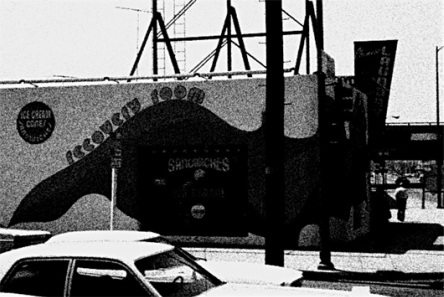
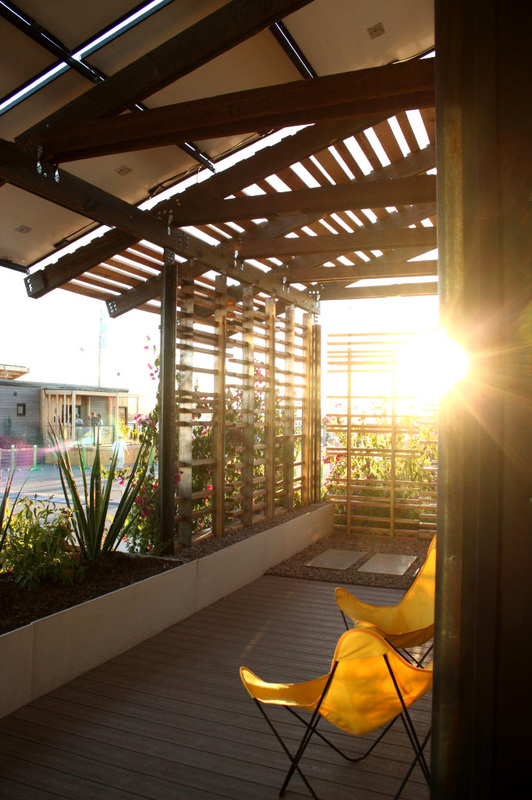
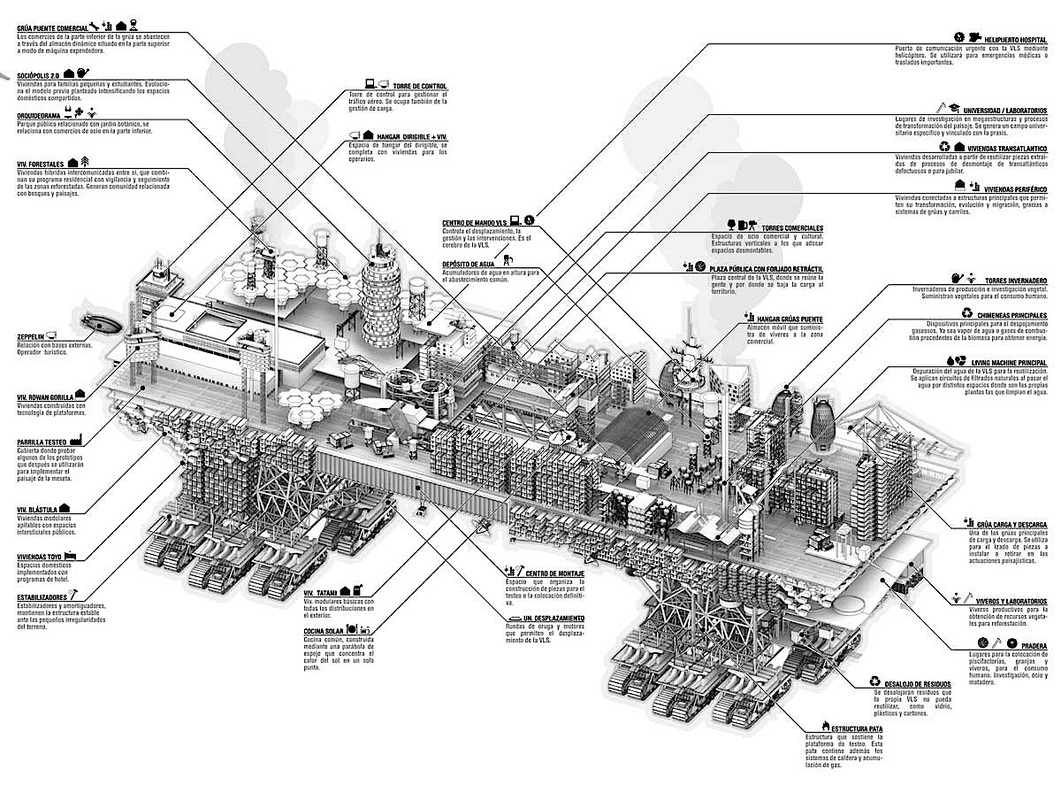
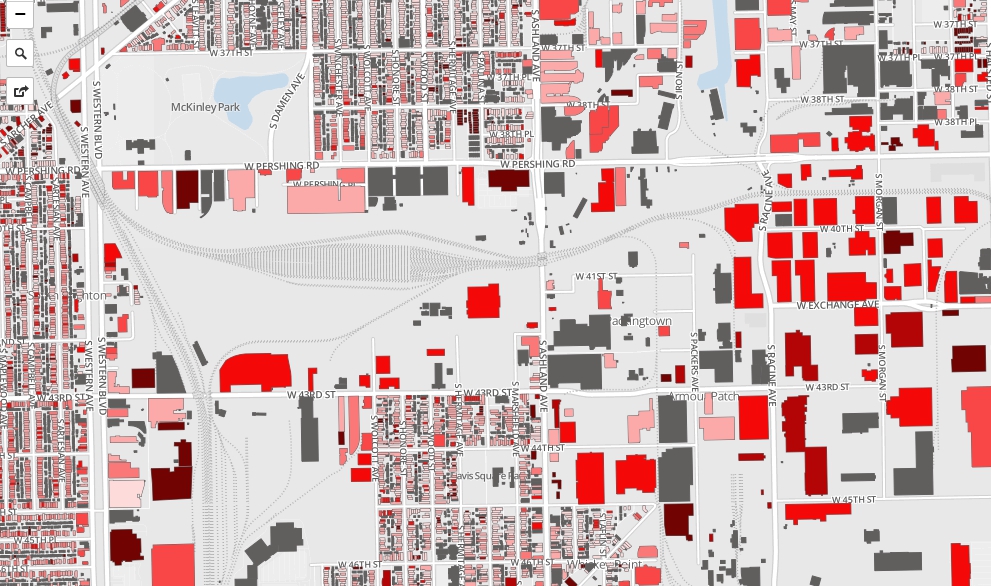
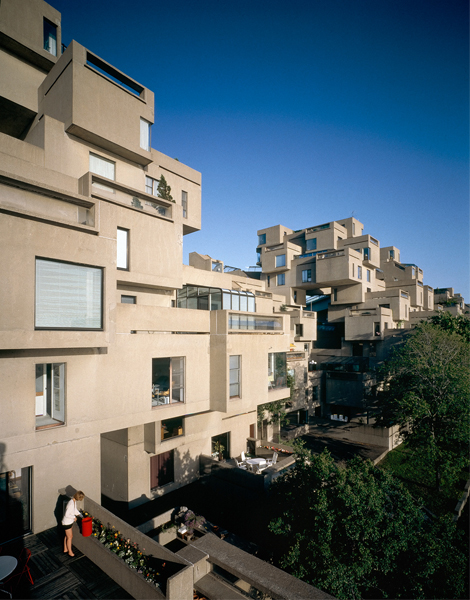
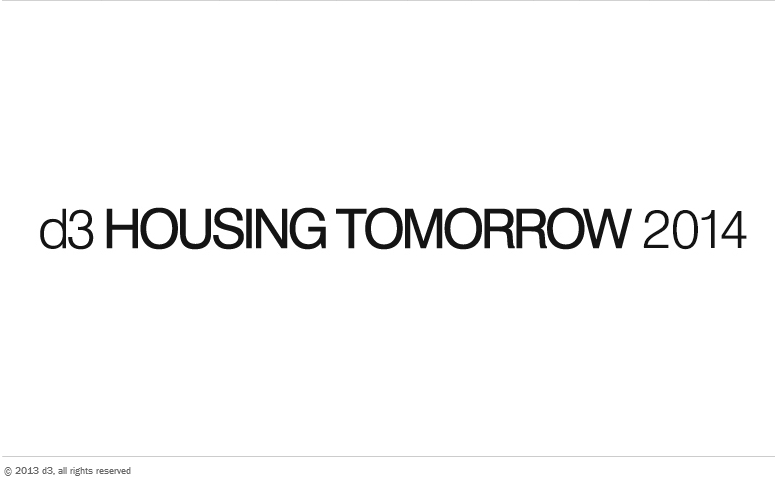
 RSS Feed
RSS Feed
